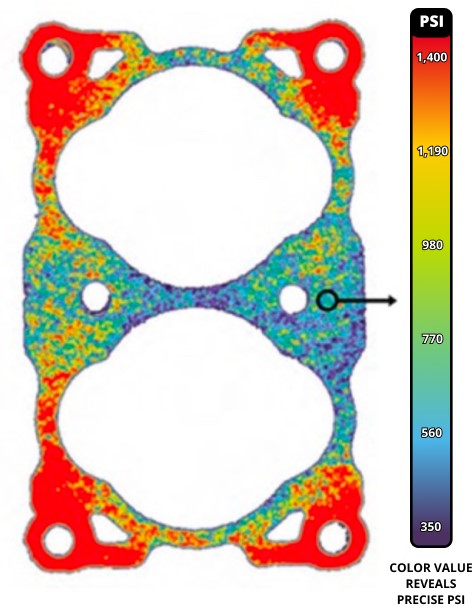If you’ve ever tried to return or repair a product, especially electronics or equipment, you may have encountered the term RMA number. But what is an RMA number, and why is it so important for returns, repairs, and customer service?
In this blog, we’ll break down the RMA number meaning, its purpose, and how companies use it to manage return merchandise authorizations efficiently. Whether you’re a customer or a business handling returns, understanding what’s an RMA number can streamline the entire process.
What Does RMA Stand For?
RMA stands for Return Merchandise Authorization. It’s a unique identification number issued by a company to a customer who wishes to return a product for repair, replacement, or refund.
So, what is an RMA number exactly? It’s the tracking code used to identify and process your return. It ensures that your product return or repair request is approved and properly documented before you send it back to the manufacturer or supplier.
Why is an RMA Number Important?
The RMA number serves multiple purposes in a return process:
• Authorization: It confirms that the seller has approved the return.
• Tracking: It helps customer service teams track the item and its status.
• Documentation: It links your return to the original purchase or repair request.
• Efficiency: It speeds up processing time and avoids confusion.
Without an RMA number, your return might be delayed or rejected altogether. Most manufacturers will not accept a product return unless an RMA number is clearly marked on the packaging or accompanying paperwork.
When Do You Need an RMA Number?
You need an RMA number when:
• You’re returning a defective product.
• You’re requesting a repair or replacement.
• You received the wrong item.
• The product was damaged in shipping.
• You’re processing a warranty claim.
How to Get an RMA Number?
Most companies provide RMA numbers through customer support or an online form. Here’s a general process:
1. Contact the company’s support team to describe your issue.
2. Provide the necessary details invoice number, serial number, issue description.
3. If approved, the company issues you an RMA number along with shipping instructions.
4. Clearly mark the RMA number on the package when returning the item.
Some companies may offer online portals for generating RMA requests, while others require manual verification via phone or email.
Where Should You Put the RMA Number?
Once you receive your RMA number, it’s essential to follow the company’s guidelines. Typically, the RMA should be:
• Clearly marked on the outside of the return package
• Included on the return form inside the package
• Referenced in any email communication regarding the return
Placing the RMA number correctly ensures faster processing and fewer chances of misplacement or rejection.
Final Thoughts: Why You Should Never Skip the RMA
To summarize, the RMA number meaning lies in its role as a gatekeeper of efficient product returns and repairs. It helps protect both the customer and the business by organizing and validating every return.
So next time you ask yourself, “what’s an RMA number?”, remember it’s your ticket to a smooth, traceable return process.
Always check the company’s return policy and follow the RMA process carefully. For businesses, having a solid RMA system in place not only reduces errors but also improves customer satisfaction and trust.
If you’re running a product-based business or frequently deal with electronics, knowing what is an RMA number isn’t just helpful it’s essential for streamlined service and support operations.


